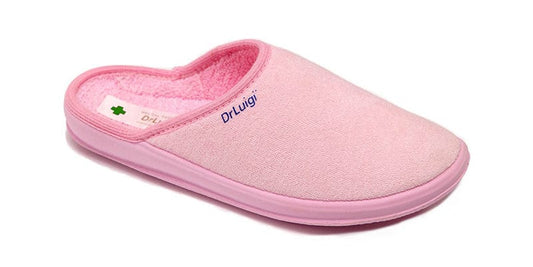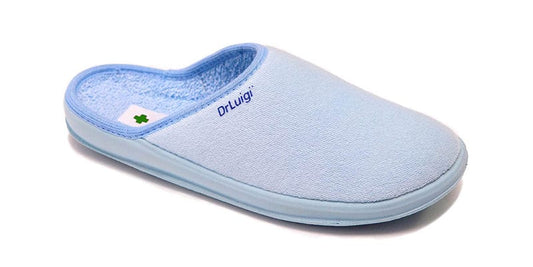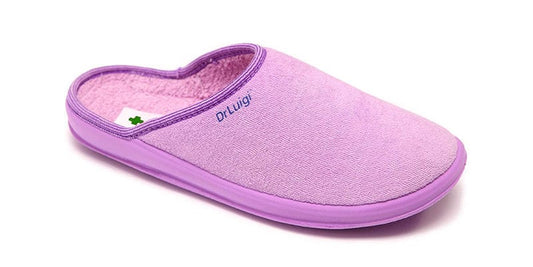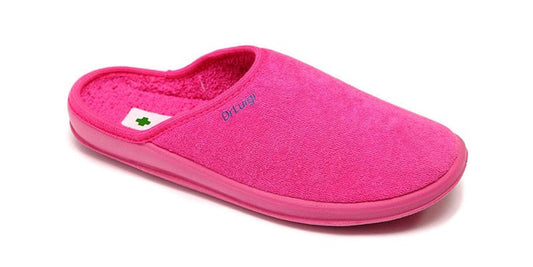You don’t have to go to an expensive salon to have pretty feet. With a little time and effort, and a few supplies you can find at your local drugstore, you can give yourself a fabulous foot makeover at home. In this few steps, this article tells you everything you need to know about giving yourself a home pedicure.
- Soak Your Feet
Do not use water that is too hot. It can cause the skin to become dry and crack as the water quickly evaporates and draws moisture from the outermost protective layer of the skin.3 Use a toenail brush to gently scrub your toenails at the end of the soak.
Be careful, toenail discoloration may be caused by a fungal infection.
- Trim Your Toenails
Use a stainless steel nail nipper to trim your toenails. To prevent over-trimming, cut the toenails straight across. Then gently round the corners with an emery board.
You can push your cuticles back, but make every effort to avoid cutting them. Most dermatologists will tell you that there is no good reason to cut your cuticles (also known as the eponychium). Cutting cuticles not only increases the risk of splitting and bleeding but also provides bacteria and fungus easier access to the nail bed.

- Trim Your Calluses and Corns
Removing calluses can help prevent cracks from forming, but trimming too much can cause the skin to split if pressure is applied to overly thin tissues. This not only causes pain and bleeding but also can increase the risk of infection. Remember that your goal is to remove dead skin cells, not healthy tissue.
- Take It Slow
If it has been a long time between pedicures, don’t try to remove calluses and corns in one sitting. (You may not be able to do so anyway.) Instead, break up the task over the course of two or three treatments every four to six weeks.
- Give Yourself a Wax Treatment
A paraffin wax treatment will make your feet feel incredibly soft. The warmth of the wax helps increase blood flow and opens up the pores in the skin. When your pores are open, they are able to absorb more moisture.
Once the wax bath has begun to cool, wrap your feet in a towel to retain the therapeutic heat for a while longer.
- Use Food-Grade Paraffin
Use only food-grade paraffin for foot wax treatments. Additives like stearic acid, coloring, and perfumes can increase the wax’s melting point and cause skin irritation.

- Moisturize and Massage Your Feet
Gently massage your feet as you apply the lotion, stretching tendons in the toe joints and the arch of your feet. This is especially useful if you have plantar fasciitis, a disorder of the tissue that supports the arch.
After applying lotion, put on a pair of socks or wrap your feet in plastic wrap for an hour or two. Known as occlusive therapy, this step ensures better absorption of the lotion—a big plus if you have dry, flaky feet.





